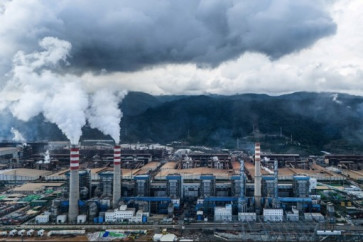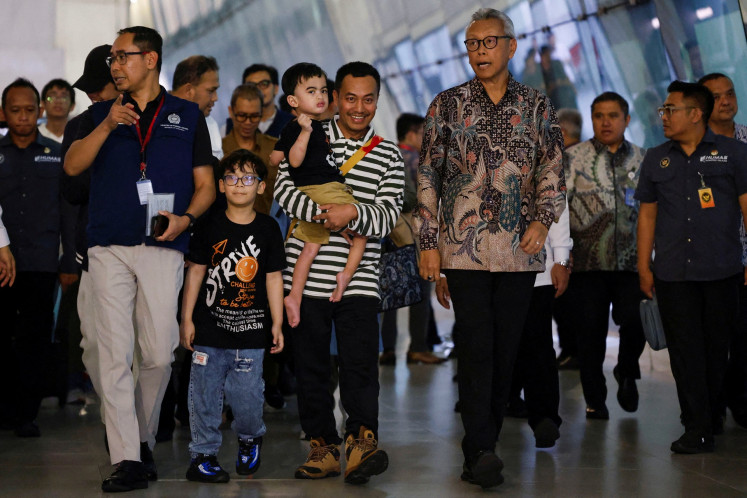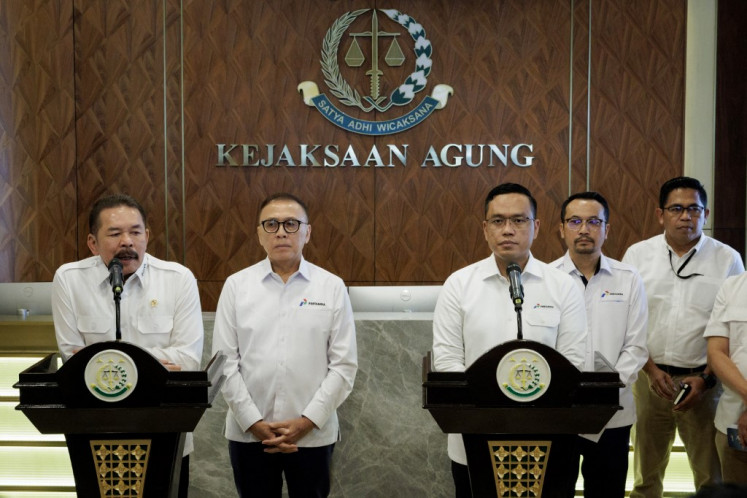Popular Reads
Top Results
Can't find what you're looking for?
View all search resultsPopular Reads
Top Results
Can't find what you're looking for?
View all search resultsEditorial: Transjakarta, six years after
The much criticized Transjakarta busway has now become an important inner city public transportation in the capital
Change text size
Gift Premium Articles
to Anyone

T
he much criticized Transjakarta busway has now become an important inner city public transportation in the capital. For many urban travelers this transportation mode has become the main choice. Governor Fauzi Bowo owes much to the public in providing affordable, safe and comfortable public transport. And the improvement of the Transjakarta services means much for the citizens of the city.
On Friday, Transjakarta celebrated its sixth anniversary. We congratulate all relevant parties, including the drivers and the operators, for its six-year service. We also have high hopes that they want to look back into the original busway service applied in its first corridor from Blok M in South Jakarta, and Kota in Central Jakarta.
Transjakarta kicked off on Jan. 15 2004, with 54 buses running along the 12.9-kilometer Blok M - Kota corridor. The operation of the first busway corridor received warm welcome from users because the transportation mode was affordable, reliable and comfortable.
Unfortunately, such services could not be applied in seven other corridors, which have operated so far across the city. I only wait for three to five minutes at bus stops or terminals before their bus arrives, those in other corridors must wait up to one hour.
"I wish Transjakarta would add buses in its fleet," Fransiska, a university student who uses the busway daily, was quoted by the Post Friday. "I often have to wait for a long time in certain shelters, such as the one in Senen, Central Jakarta. Passengers also crowd the shelter."
Fransiska is right. Bus shortage is the main problem behind the worsening services. The Jakarta city government needs to seriously address the problem. It made a good decision to purchase 125 buses to operate along corridor IX and X with taxpayers' money. But it surely is not enough because other corridors still need more buses.
We believe that deploying more buses is the key to a better service. It can also attract more users and prevent motorists from entering busway corridors
What happens now? The traffic police are powerless or reluctant to prevent motorists from entering busway corridors, because only few buses pass through corridors and other lanes were overcrowded with private vehicles.
With such a condition, the city administration also could not impose traffic restrictions, such as three-in-one and electronic road pricing easily, because it has not provided an alternative.
So, the only way to win back the hearts of its users and attract more users to ease the burden of Jakarta's roads and reduce air pollution in the city, Transjakarta needs to find a way to ensure busway corridors fully operate.









